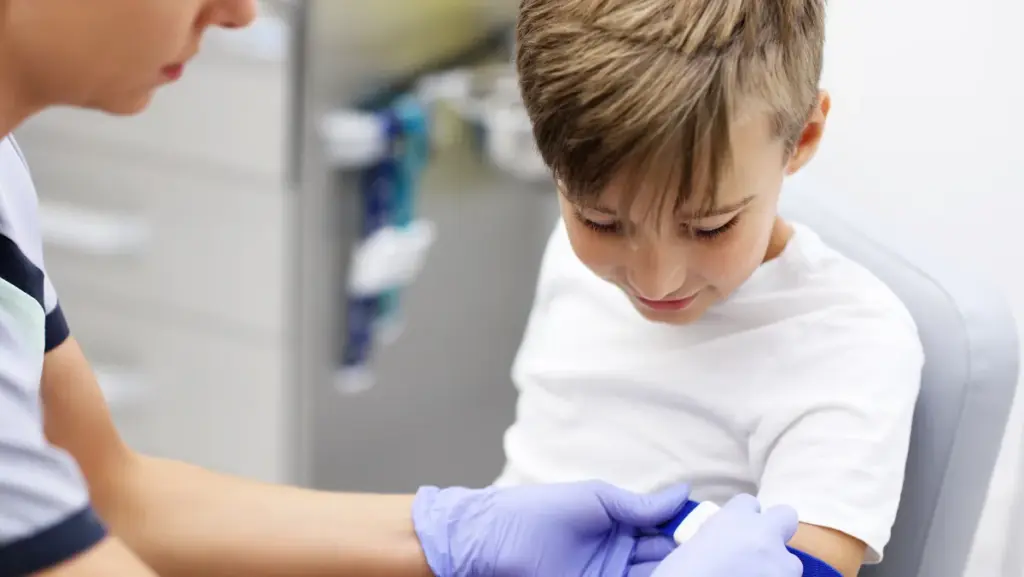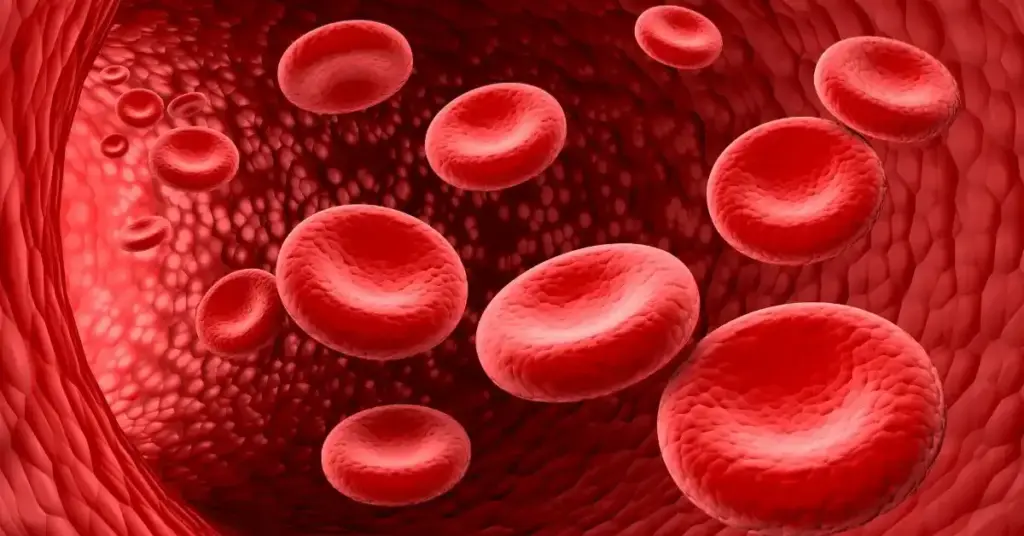
Oral cancer is a type of cancer that develops in the tissues of the mouth or throat. It can affect the lips, tongue, gums, inner cheeks, the floor of the mouth, and the roof of the mouth. As part of the broader category of head and neck cancers, oral cancer is a serious health condition that, if left untreated, can spread rapidly to other parts of the body.
Globally, oral cancer ranks among the top ten most common cancers, especially in regions where tobacco and alcohol use are prevalent. The good news is that oral cancer is highly preventable and treatable when detected early. With growing awareness, advanced diagnostic tools, and modern treatment approaches, survival rates are improving.
Oral cancer begins when the DNA in cells of the mouth or throat develops mutations that cause uncontrolled cell growth. These abnormal cells form tumors, which can be benign (non-cancerous) or malignant (cancerous). Malignant tumors can invade nearby tissues and spread (metastasize) to distant organs.
Most oral cancers are squamous cell carcinomas—they arise from the flat cells lining the mouth and throat. Early-stage oral cancers are often painless, which is why regular screening and self-checks are important.
Oral cancer can develop in multiple areas, including:
Several lifestyle and medical factors increase the likelihood of developing oral cancer:
Early oral cancer may not cause pain, making it easy to overlook. Symptoms include:
Any symptom lasting longer than two weeks should be evaluated by a doctor or dentist.
Early diagnosis greatly improves treatment outcomes. Diagnostic methods include:
Staging helps determine severity and guides treatment:
Treatment depends on cancer type, stage, location, and overall health of the patient.
A diagnosis of oral cancer impacts physical, emotional, and social aspects of life. Coping strategies include:
Most cases of oral cancer are preventable through healthy lifestyle choices. Steps include:
Survival rates depend on stage at diagnosis:
Exciting developments are improving treatment outcomes:
Oral cancer is a serious yet preventable disease. With early detection, advanced treatments, and lifestyle modifications, patients can achieve long-term survival and maintain good quality of life. Regular dental visits, self-examinations, and awareness about risk factors play a crucial role in early diagnosis.
By quitting harmful habits, adopting healthy routines, and seeking prompt medical advice, individuals can dramatically reduce their risk of developing oral cancer. As research continues, the outlook for oral cancer patients is brighter than ever before.
Oral cancer is a type of cancer that develops in the tissues of the mouth or throat. It can affect the lips, tongue, gums, inner cheeks, the floor of the mouth, and the roof of the mouth. As part of the broader category of head and neck cancers, oral cancer is a serious health condition that, if left untreated, can spread rapidly to other parts of the body.
Globally, oral cancer ranks among the top ten most common cancers, especially in regions where tobacco and alcohol use are prevalent. The good news is that oral cancer is highly preventable and treatable when detected early. With growing awareness, advanced diagnostic tools, and modern treatment approaches, survival rates are improving.
Understanding Oral Cancer
Common Sites of Oral Cancer
Risk Factors for Oral Cancer
Symptoms of Oral Cancer
Diagnosis of Oral Cancer
Stages of Oral Cancer
Treatment Options for Oral Cancer
Living with Oral Cancer
Prevention of Oral Cancer
Prognosis and Survival
Advances in Research
Conclusion
Oral cancer begins when the DNA in cells of the mouth or throat develops mutations that cause uncontrolled cell growth. These abnormal cells form tumors, which can be benign (non-cancerous) or malignant (cancerous). Malignant tumors can invade nearby tissues and spread (metastasize) to distant organs.
Most oral cancers are squamous cell carcinomas—they arise from the flat cells lining the mouth and throat. Early-stage oral cancers are often painless, which is why regular screening and self-checks are important.
Oral cancer can develop in multiple areas, including:
Several lifestyle and medical factors increase the likelihood of developing oral cancer:
Early oral cancer may not cause pain, making it easy to overlook. Symptoms include:
Any symptom lasting longer than two weeks should be evaluated by a doctor or dentist.
Early diagnosis greatly improves treatment outcomes. Diagnostic methods include:
Staging helps determine severity and guides treatment:
Treatment depends on cancer type, stage, location, and overall health of the patient.
A diagnosis of oral cancer impacts physical, emotional, and social aspects of life. Coping strategies include:
Most cases of oral cancer are preventable through healthy lifestyle choices. Steps include:
Survival rates depend on stage at diagnosis:
Exciting developments are improving treatment outcomes:
Oral cancer is a serious yet preventable disease. With early detection, advanced treatments, and lifestyle modifications, patients can achieve long-term survival and maintain good quality of life. Regular dental visits, self-examinations, and awareness about risk factors play a crucial role in early diagnosis.
By quitting harmful habits, adopting healthy routines, and seeking prompt medical advice, individuals can dramatically reduce their risk of developing oral cancer. As research continues, the outlook for oral cancer patients is brighter than ever before.





